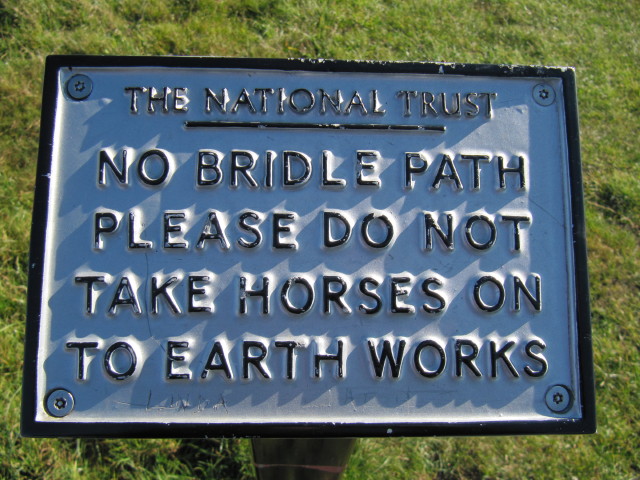Last night I was reminded, via the Twitter Machine, of a great two-parter written by Christiaan Corlett – this time last year – entitled ‘Lughnasa at St Marcan’s Lough, Clew Bay, Co. Mayo’ (See Part 1 here and Part 2 here). St. Marcan’s Lough is the location of a medieval ecclesiastical site, now almost gone, on the shores of Clew Bay, Co. Mayo. Remains of possibly two churches and a leacht recorded in the 19th & 20th centuries, no longer survive. An altar and holy well (Tober Marcan) show some sign of partial preservation and a cairn/pilgrim station located on the loughs foreshore is still exposed at low tide. A Childrens Burial Ground is depicted in the vicinity along with a crannóg/platform within the Lough itself.
There is considerable Lughnasadh type folklore and traditions associated with the site, with a particular emphasis on cattle being driven in the waters of the lough, originally a freshwater lake (during the first week of August – as a curative or preventative protection/charm) in and around the cairn/monument and holy well. Corletts articles goes into great detail on this and he draws parallels with other similar traditions and accounts of horse/cattle rituals at other suspected Lughnasadh sites in the country.



